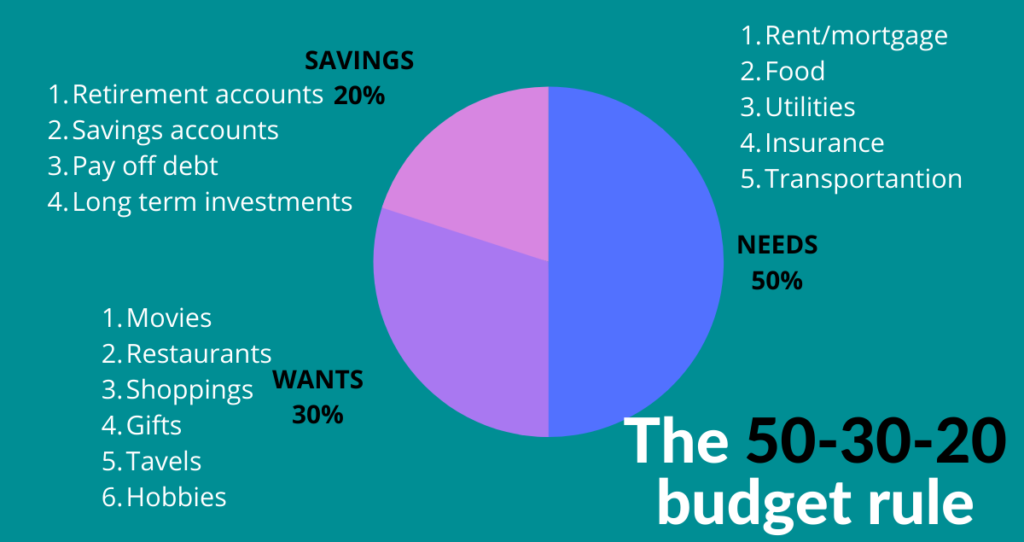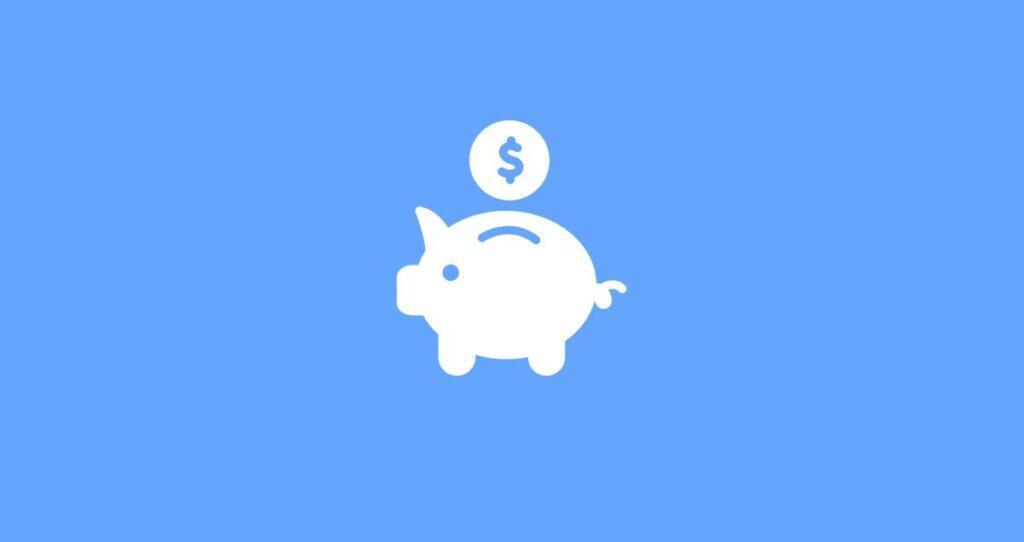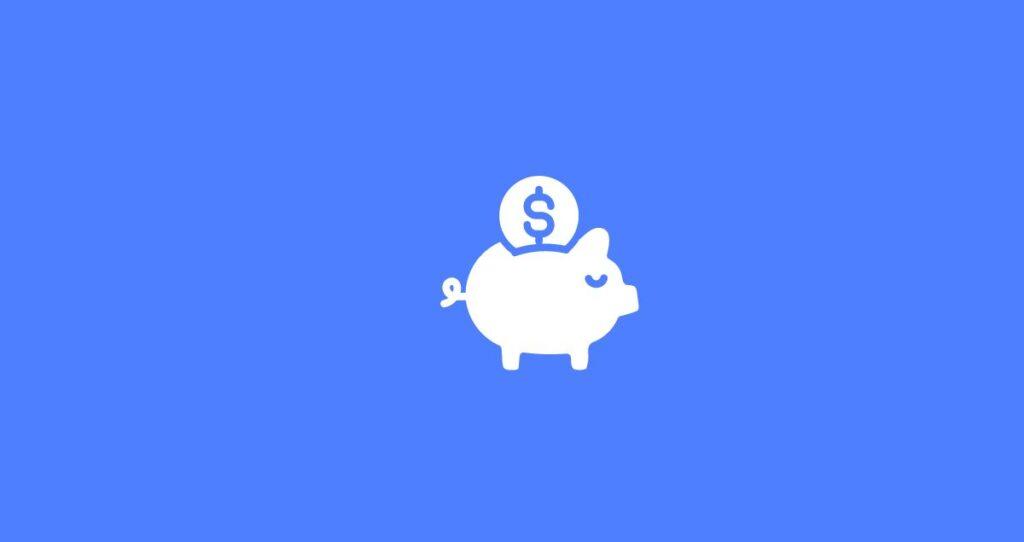A high-yield savings account is one of the best ways to effortlessly boost your savings and achieve your financial goals faster. High-interest savings accounts pay higher interest rates than traditional ones, come with lower fees, and provide you with 24/7 access to your funds. Additionally, online savings accounts are insured by the Federal Deposit Insurance Corporation(FDIC) for bank accounts and the National Credit Union Administration(NCUA) for credit union accounts up to $250,000 per insured account, which protects your hard-earned money.
If you are looking for safer ways to deposit your funds while earning competitive rates or want alternative ways to diversify your investment portfolio, a high-yield savings account could be your best choice.
Here is everything you need to know about high-yield savings accounts.
What is a high-yield savings account?
A high-yield savings account is a deposit account that pays a higher interest rate than traditional savings accounts. Online banks, credit unions, and other financial institutions typically offer these accounts.
Online high-yield savings accounts have gained popularity in recent years due to their advantages over traditional options. They offer higher interest rates, often ten times higher than brick-and-mortar bank rates, allowing your money to grow faster. Additionally, online accounts have lower fees and banking flexibility, making them more accessible and cost-effective.
How does a high-yield savings account work?
When you open a high-yield savings account, you deposit money, just like you would with a traditional savings account. The difference lies in the interest you earn on that money. With a high-yield savings account, the interest rate is typically much higher than what you would find with a regular savings account. This means that your money has the potential to grow at a faster rate.
The interest earned on a high-yield savings account is usually calculated on a daily or monthly basis, and it is compounded. Compounding means that the interest you earn is added to your account, allowing you to earn interest on both your initial deposit and the interest you have already earned. This compounding effect can significantly boost your savings over time.
High-yield savings accounts also offer more flexibility and accessibility of your funds. You can quickly transfer money in and out of the account as needed. This means you can access your funds whenever you need them without penalties or fees. The downside is that most savings accounts only allow you to take money out of the account up to six times per month without fees, according to Select.
In addition, high-yield savings accounts are protected by Federal Deposit Insurance Corporation (FDIC) insurance, which means that your deposits are insured up to $250,000 per depositor, per insured bank. Knowing that your money is safe and secure gives you peace of mind.
Online high-yield savings accounts vs. traditional savings accounts
Online high-yield and traditional savings accounts offer distinct advantages and considerations for savers. High-yield savings accounts are provided by online banks, credit unions, and other financial institutions, offering a convenient and accessible way to save money.
By leveraging technology, High-yield savings accounts provide customers with a user-friendly digital interface. You can easily access your account, check your balance, and make transfers from the comfort of your own home or wherever you have an internet connection. This flexibility particularly appeals to those who prefer the convenience of managing their finances online or are constantly on the go.
In contrast, brick-and-mortar banks and credit unions typically offer traditional savings accounts, which provide a more familiar banking experience. If you prefer face-to-face interactions and value the convenience of having a physical branch nearby, a traditional savings account may be more suitable for you. However, these accounts generally offer lower interest rates than their online counterparts.
Here are the key differences between a high-yield savings account vs. a traditional savings account
The critical differences between online high-yield and traditional savings accounts lie in their accessibility, interest rates, and customer service options.
- High-yield savings account. These accounts provide 24/7 access to your funds, competitive interest rates, and streamlined digital experiences. Online savings accounts can earn you as high as 5% APY.
- Traditional savings accounts. These accounts offer in-person customer service and the comfort of having a physical location for your banking needs. However, they offer relatively lower interest rates than online high-interest savings accounts. Traditional savings accounts also come with higher fees compared to online savings accounts. According to Bankrate, the average APY for traditional savings accounts is currently at 0.56% APY.
Benefits of a high-yield savings account
A high-yield savings account is a great option if you want to save for your financial goals, keep your money safe, and earn a higher interest rate.
Here are the pros of a savings account and what you should expect from opening one.
- You will have access to your funds 24/7, which makes them more accessible and makes it easy to manage your funds effortlessly from anywhere.
- You will earn a higher interest rate compared to what you would get with traditional savings accounts.
- A high-yield savings account allows you to do all your activities online, such as deposits, transfers, and payments.
- The FDIC insures bank accounts, while NCUA insures credit union accounts for up to $250,000.
- You will enjoy excellent customer service and educational resources to help you manage your funds.
Disadvantages of a high-interest savings account
While online savings accounts offer many advantages, they also have disadvantages that should not be ignored.
Here are the cons of high-yield savings accounts.
- Online savings accounts do not offer the traditional face-to-face banking experience. You cannot visit a branch to make a deposit. Everything is solely done online.
- Many online savings accounts require a higher minimum deposit when opening an account.
- Since everything is done online, you cannot deposit cash in your account.
- High-yield savings accounts might not be a great choice if you are not good with technology.
- ATM networks might also be limited for online savings accounts
How do you choose the best high-yield savings account?
Similarly to any other deposit account or investment, you should also do your due diligence when opening a high-yield savings account. Here are things to look for when choosing an online savings account.
- Pick an account with a high interest rate. The most significant advantage of online savings accounts over traditional counterparts is the ability to earn more money. Online banks offer higher rates, meaning you can earn more or less depending on your institution’s rate. To maximize your ROI, look for accounts with competitive interest rates.
- Fees will lower your returns. While high-yield savings accounts typically have fewer fees than traditional banks, you should check for monthly maintenance fees, transaction fees, or minimum balance requirements. Ideally, you want to find an account with minimal fees, ensuring unnecessary charges don’t waste your hard-earned savings.
- Evaluate the account’s accessibility and convenience. You must evaluate the bank’s online and mobile banking capabilities, as all activities will be conducted online. Look for features such as easy fund transfers, bill payment options, and the ability to link your savings account to other accounts you may have. A user-friendly interface and a seamless digital experience can make managing your savings effortless and enjoyable.
- Open a high-yield savings account from an established institution. Research the bank’s financial stability, customer reviews, or awards they may have received. Knowing that your savings are in good hands, a trustworthy institution will give you peace of mind.
- Consider other benefits. Some banks offer rewards programs, ATM fee reimbursements, or financial education resources to help you maximize your savings. While these may not be the deciding factors, they can enhance your banking experience.
- Before opening a high-yield savings account, ensure your online bank is FDIC/NCUA insured. Without this insurance, the protection of your funds won’t be guaranteed.
Can you build wealth with a high-hield savings account?
When it comes to building wealth, there are countless strategies you can rely on. But, all these strategies rely on your ability to earn more money in less time by strategically investing the money you make to earn extra income and allow your funds to grow through compounding effects.
The question is, can you build wealth with a high-yield savings account alone? The quick answer is no.
While high-yield savings accounts earn higher returns than traditional ones, the turn on these accounts is not enough to help you build wealth. This is because these returns are also lower than what you can earn from other investment alternatives.
According to Investopedia, the best high-yield savings account from any institution in the U.S. market is currently at 5.26% APY. While this rate is higher than most deposit accounts, it is not the best ROI you can get from other investments. For example, according to Nerdwallet, the average return on the stock market is 10% over the past century. If you invest your money in the highest-paying, high-yield savings account, you will earn half of what you could have gained from the stock market. This is just one example. Other investment alternatives, such as bonds, real estate, ETFs, etc., earn more than high-yield savings accounts.
Another factor to consider is the inflation rate. Most high-yield savings accounts earn relatively lower rates than the inflation rate, meaning that if you only put your money in a savings account, you will lose purchasing power over time.
Use a high-yield savings account as part of your investment strategy
High-yield savings accounts can help you diversify your investments. Instead of relying on a savings account alone on your wealth-building journey, consider alternative investments such as ETFs, mutual funds, stocks, and real estate. While these investments come with relatively higher risks, they offer greater returns than savings accounts.
This does not mean a savings account cannot help you build wealth. By diversifying some of your funds into high-yield savings accounts, you get a higher rate, easy access to your funds, and protection from risk through FDIC/NCUA insurance.
So, treat a savings account as part of your investment portfolio instead of the portfolio.
Is a high-yield savings account a good idea?
A high-yield savings account can be a wise choice to keep your money safe while earning a higher return.
When does it make sense to open a high-yield savings account?
The following are reasons why you should open a high-yield savings account.
- Competitive rates. One of the key advantages of a high-yield savings account is the potential for faster savings growth. With higher interest rates, your money can compound more quickly, helping you reach your savings goals faster. This can be beneficial if you save for a specific purpose, such as a down payment on a home or a dream vacation.
- Protection of your hard-earned money. Opening a High-yield savings account is a good idea due to the protection offered by Federal Deposit Insurance Corporation (FDIC) insurance. Your deposits are insured up to $250,000 per depositor, per insured bank.
- You still have flexibility and full access to your funds. Unlike other investments, such as retirement accounts, which may have restrictions or penalties for early withdrawal, these accounts allow you to easily withdraw funds without incurring additional costs.
- High-yield savings accounts are outstanding for emergency funds due to their accessibility.
- You want to diversify your portfolio. Online savings accounts can offer you the diversification you need to maximize your investment return while protecting your portfolio.
When should you avoid high-yield savings accounts?
High-yield savings accounts are not great options for long-term saving goals. While online savings accounts earn higher APY than traditional accounts, their rates are not enough to beat inflation. If you keep your money in a savings account for long, you will lose your purchasing power.
Additionally, if you have money you don’t need for a while, it will be best to put it elsewhere. When it comes to investing, risk and reward are always the opposite. The safer the investment, the lower the tips. That is why most deposit accounts, such as savings, certificates of deposits, and money market accounts, come with a meager return.
On the contrary, the higher the risk, the more potential for higher returns. That is why stocks, real estate, and ETFs offer higher returns. So, if you have the money you don’t need and are okay with taking on more risk, investing the money where the return is more significant will be best.
How much does a high-yield savings account make?
Understanding the factors that affect the interest you can earn with a high-yield savings account is essential when assessing its potential earnings. Here is a list of things to look for in a high-yield savings account.
1. Annual Percentage Yield (APY)
One key element affecting your earnings potential is the financial institution’s annual percentage yield (APY). Expressed as a percentage, the APY is the total interest you earn on your account balance over a year. Different banks and credit unions may offer varying APYs, so it’s worth comparing rates to find the most competitive option.
2. The frequency of compounding
Compounding refers to earning interest on the initial deposit and the accumulated interest. The more frequently interest is compounded, your savings will grow over time. Many high-yield savings accounts compound on a daily or monthly basis. Daily compounding can maximize your earnings by calculating interest daily, helping your savings grow faster. Monthly compounding, on the other hand, calculates interest every month, which may result in slightly lower overall earnings.
Let’s consider a hypothetical scenario to give you an idea of the potential earnings. Suppose you deposit $10,000 into a high-yield savings account with an APY of 1.5% compounded daily. After one year, your account balance would be $10,156.25, with total interest earned amounting to $156.25.
So, how much can you make with a high-yield savings account?
Many online banks and credit unions offer APYs over 4%, which is much higher than the national average savings account APY of 0.56%, according to Bankrate’s Aug. 14 weekly survey of institutions. For example, the APY for the CitiBank Platinum Savings account is currently 5.05% when you deposit over $5,000. With this savings account, you should expect to make about $530 in interest over one year if you invest $10,000 with a $50 monthly contribution, and your rate is compounded daily.
Besides compounding schedules and APY, your return on investment from an online savings account will also depend on your balance. The higher your savings balance, the more you earn from a high-yield savings account.
More saving tips
How to close a savings account in 7 steps
How Do CDs Work: Learn How To Save And Earn Smarter









